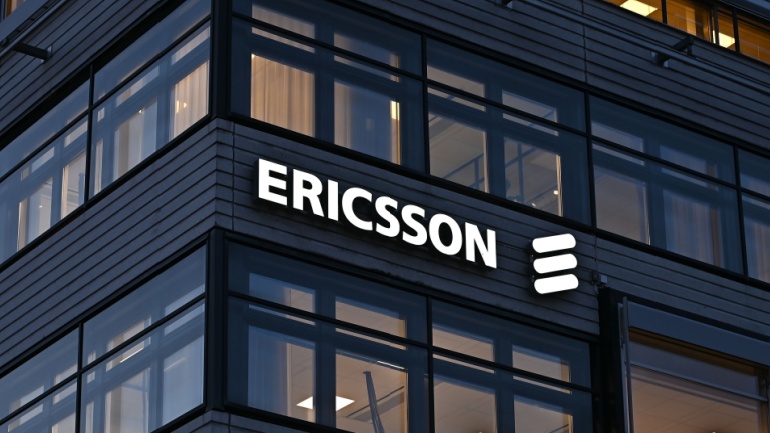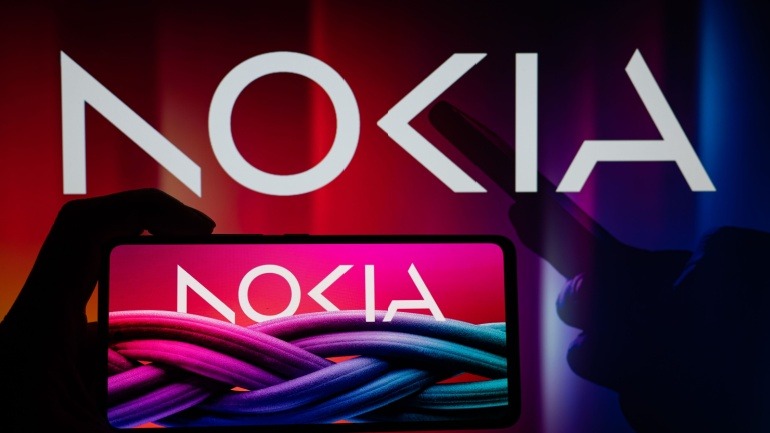With a 14% dip in sales, mainly attributed to a 19% plunge in Network sales, Ericsson has remarkably achieved an expansion in gross margin to 42.7%. The company pinpoints the resilience of its product portfolio and stringent cost-cutting measures to be vital factors in this success, significant job cuts included. “We maintained our market leadership, but our customers maintained careful disbursement due to uncertain economic conditions and the current high interest rates,” commented Ericsson’s CEO and president, Börje Ekholm with an air of caution.
Ericsson foresees further contraction in the RAN market, a trend they predict to continue till year-end. Despite this challenging landscape, Ekholm accentuated the company’s delivery of robust gross margin growth. “The competitiveness of our solutions, our business sense, and our resource management underpin this,” Ekholm noted optimistically. This optimism mirrored in the stock market as Ericsson’s share price climbed 6% in early trading the following Tuesday.
Despite the earlier skepticism, Ekholm warned that the mobile networks market will likely retain this weakness for the rest of the year. “Assuming these trends hold, our sales are expected to level out during H2,” citing the “recency of contract wins and the equalization of customer inventory levels in North America.”
In a testament to their standing in the international arena, Ericsson trounced its rival Nokia to secure a $14 billion Open Ran deal with AT&T. This partnership stipulates that by the end of 2026, Ericsson will facilitate 70% of AT&T’s wireless traffic. Nokia expressed regret over this development, but Nokia and Ericsson find themselves in common ground in terms of redundancy. Cost-cutting strategies have led Nokia to announce a full-scale redundancy program, trimming 14,000 jobs, while Ericsson is on track to cut 8,500 jobs in this year alone.







